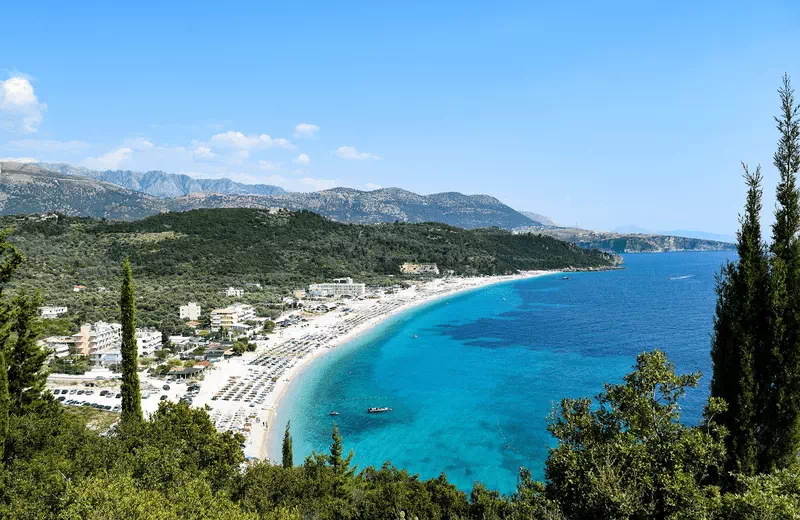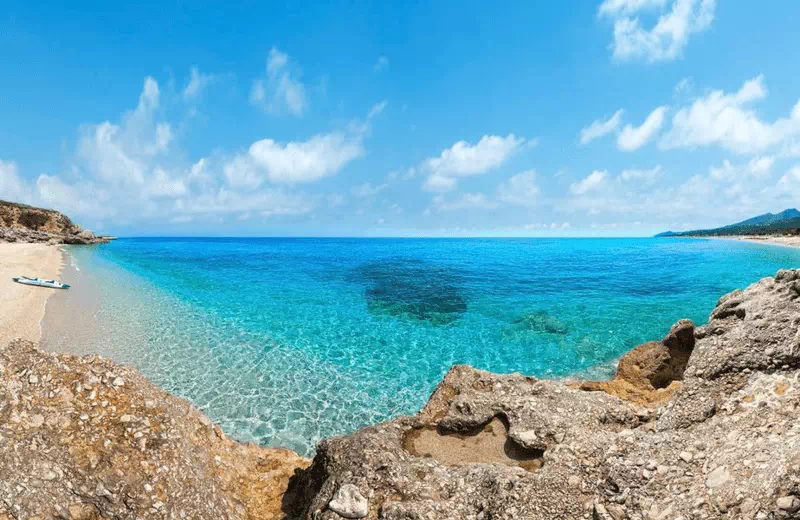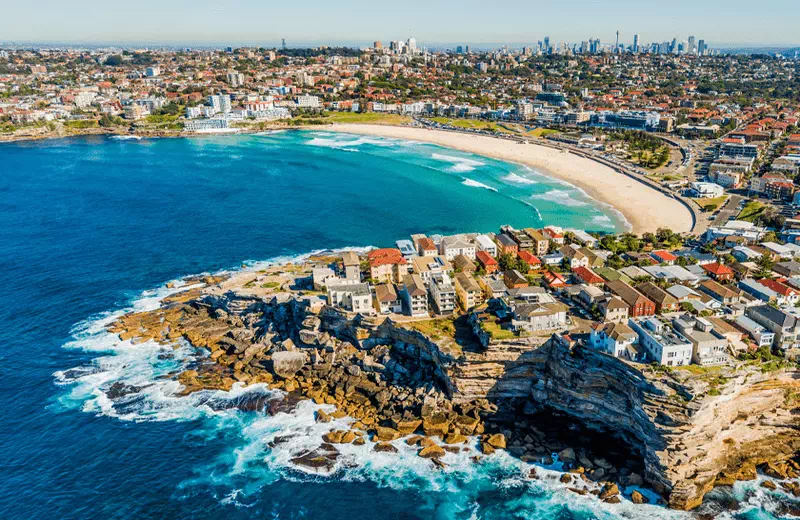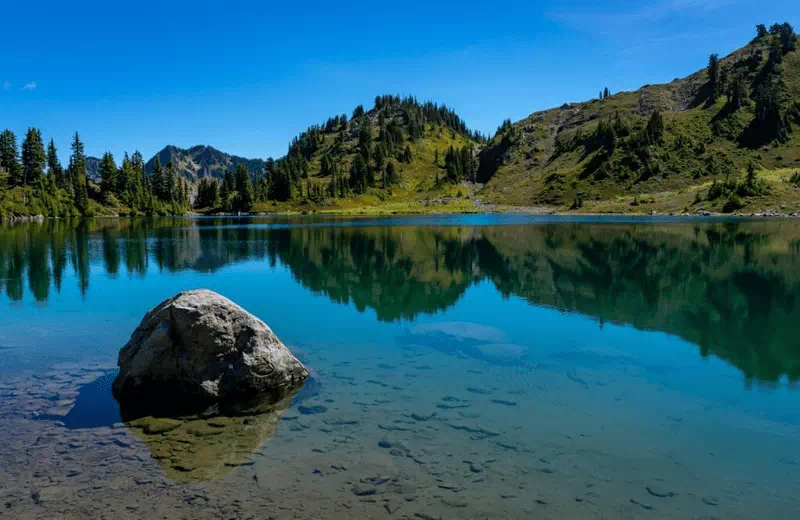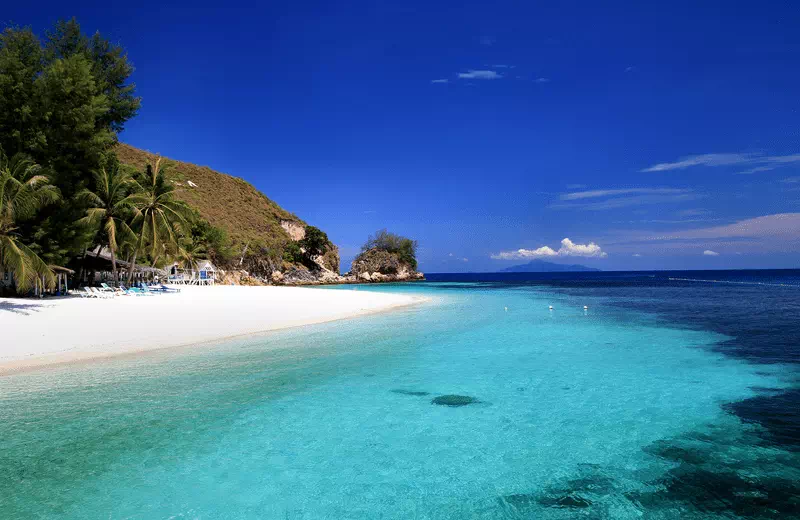Mussoorie: Unveiling the Charms of the Himalayas
Brief introduction to Mussoorie as a popular hill station in India
Mussoorie, often hailed as the "Queen of the Hills," is a renowned hill station located in the Dehradun district of the Indian state of Uttarakhand. It is perched at an average altitude of 2,005 meters (6,578 feet) and offers a picturesque view of the Himalayan snow ranges to the northeast and the Doon Valley and Shiwalik ranges to the south.
The town is approximately 35 kilometers (22 miles) from the state capital, Dehradun, and serves as a gateway to the sacred Yamunotri and Gangotri shrines.
The climate in Mussoorie is pleasant, making it an attractive holiday resort, especially during the summer months when tourists from the plains seek respite from the heat.
Mussoorie's scenic beauty, good social life, and entertainment options contribute to its popularity as a tourist destination.
Attractions such as Camel's Back Road, Kempty Falls, Lal Tibba, and the recently developed Mussoorie Lake are among the many that draw visitors.
Mussoorie also has historical significance, having been discovered by Captain Young in 1827, and it has since evolved into a bustling hill station with a mix of stately hotels, cozy cafes, and bustling markets.
The town is well-connected by road and features a variety of accommodations and recreational facilities to cater to tourists.
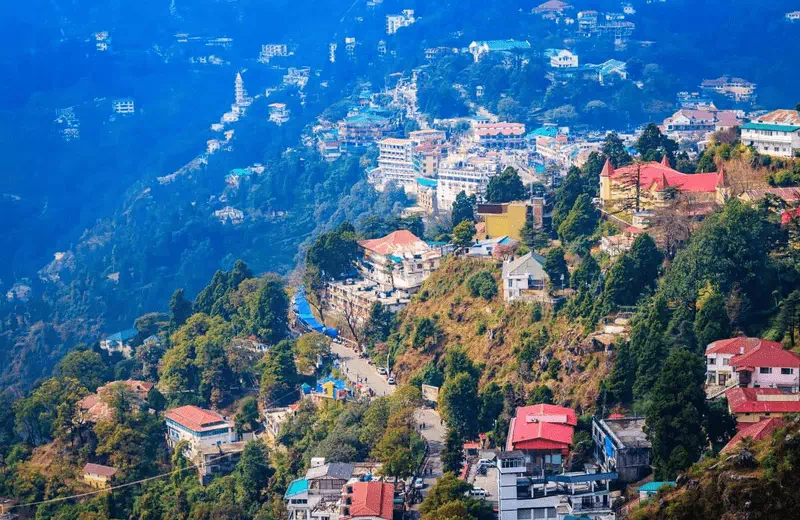
Mussoorie during the British Raj and its development as a hill station
Mussoorie's transformation into a prominent hill station is deeply intertwined with its history during the British Raj. Established in the early 19th century, Mussoorie became a sought-after destination for British officers seeking respite from the heat of the Indian plains. The town's development as a hill station is marked by several key events and characteristics that highlight its colonial past and its appeal as a summer retreat.
Early Settlement and Development
Mussoorie was officially established as a resort in 1825 by Captain Frederick Young, a British military officer, alongside F.J. Shore, the resident Superintendent of Revenues at Dehradun. They explored the region and built a shooting lodge on Camel's Back Road, marking the beginning of Mussoorie's transformation.
The town's pleasant climate and scenic beauty quickly made it a popular summer retreat for British officials and their families.
Colonial Architecture and Institutions
The British influence on Mussoorie is evident in its colonial architecture and institutions. Buildings such as the Christ Church, built in 1836, showcase Gothic architectural styles with pointed arches, ribbed vaults, and glass windows.
The establishment of schools, breweries, and other institutions during this period further contributed to the town's development. Sir George Everest, the Surveyor General of India, lived in Mussoorie, and his residence, though now in ruins, remains a testament to the town's colonial past.
Social and Cultural Impact
Mussoorie's colonial heritage also had a significant social and cultural impact. The town became a hub for social life and entertainment for the British, with activities such as polo games, horse riding, and hunting.
The establishment of the "Old Brewery" by Sir Henry Bohle and its evolution into a whiskey-producing establishment due to rising demand from patrons reflects the town's vibrant social scene during the British era.
Environmental and Urban Challenges
However, the development of Mussoorie as a hill station during the British Raj was not without its challenges. The rapid growth and popularity of the town led to environmental and urban issues, such as water scarcity, traffic congestion, and pollution.
These challenges have persisted and evolved, prompting contemporary efforts to manage tourism development and preserve the physical environment of Mussoorie.
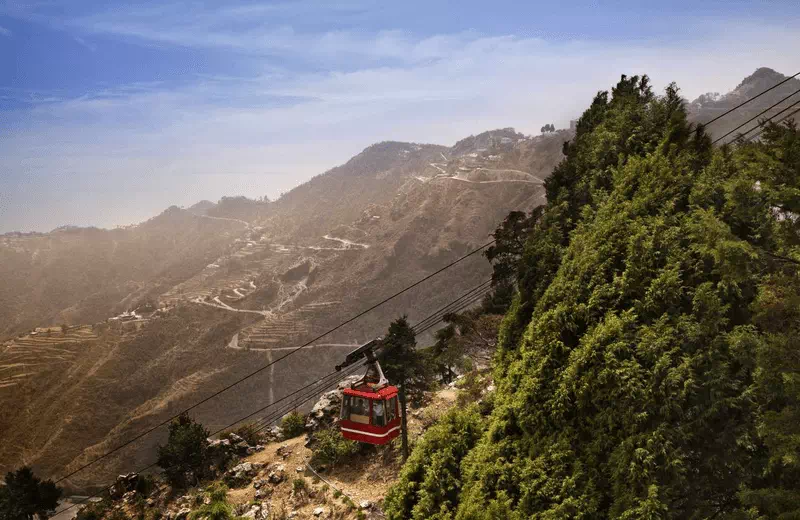
Attractions in Mussoorie
- Lal Tibba Scenic Point and its significance.
- The charm of Camel's Back Road.
- Kempty Falls and its allure.
- Historical significance of George Everest's House.
- The beauty of Company Garden.
Culture and Cuisine
Mussoorie, nestled in the Garhwal Himalayas, is not only a scenic hill station but also a melting pot of cultural influences, with Garhwali culture playing a significant role in shaping its identity. The influence of Garhwali culture in Mussoorie is evident in various aspects of life, from language and cuisine to festivals and music.
Language and People
The primary language spoken in Mussoorie is Garhwali, reflecting the local populace's roots.
The town is home to a diverse community that includes Garhwalis, Tibetans, and other ethnic groups, contributing to the rich cultural tapestry of the region.
Cuisine
Garhwali cuisine, known for its hearty and rustic flavors, is a staple in Mussoorie. Traditional dishes such as Chainsoo, Aloo Thechwani, and Gahat (horse gram) are prepared using locally sourced Himalayan ingredients, offering visitors a taste of the local culinary heritage.
Festivals and Music
Mussoorie celebrates a variety of festivals that are deeply rooted in Garhwali culture. Prominent festivals like Basant Panchami, Phool Dei, and Harela showcase the region's agrarian traditions and the changing seasons.
The town also resonates with the sounds of traditional Garhwali music, with instruments like the Dhol, Damau, and Ransingha playing an integral part in local celebrations.
Art and Handicrafts
The art and handicrafts of Mussoorie, such as wood carvings and Garhwal paintings, reflect the region's artistic traditions and the influence of Garhwali culture. These crafts are not only a source of livelihood for the locals but also serve as cherished souvenirs for visitors.
Social Fabric
The social fabric of Mussoorie is woven with Garhwali customs and traditions, where festivals are celebrated with great enthusiasm and brotherhood.
The warmth and hospitality of the Garhwali people add to the charm of Mussoorie, making it a culturally rich and welcoming destination.
In conclusion, the influence of Garhwali culture in Mussoorie is profound and multifaceted, contributing to the town's unique cultural landscape and making it a vibrant cultural destination in the heart of the Garhwal Himalayas.
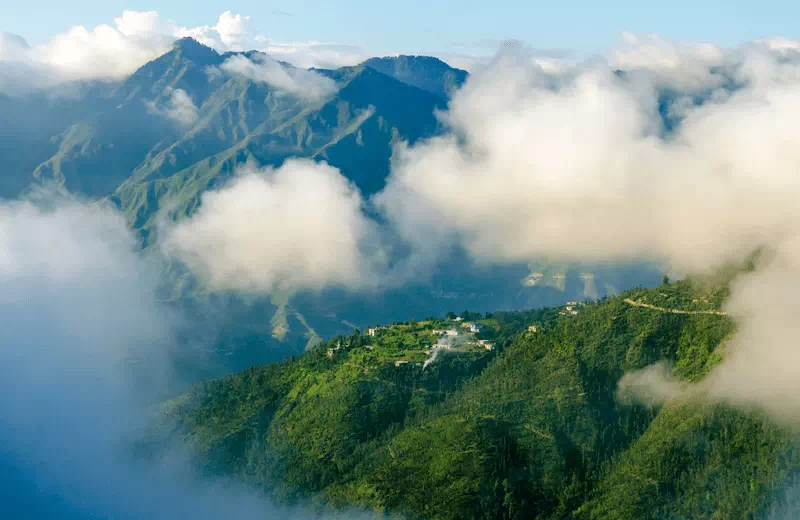
What Are the Best Street Food to Try in Mussoorie
In Mussoorie, a variety of street foods reflect the rich culinary heritage of the region, blending local flavors with influences from various cuisines. Here are some of the best street foods to try:
- Phaanu - A traditional Garhwali dish made from lentils, particularly Gahat dal, and is usually served with rice.
- Kafuli/Kapaa - A spinach or fenugreek leaves curry, known for its warm and comforting taste, often enjoyed with steamed rice or jeera pulao.
- Chainsoo - Prepared using a variety of dals and local spices, this dish is known for its earthy flavor and is typically served with rice or chapati.
- Bhang ki Chutney - A unique chutney made from roasted hemp seeds, cumin seeds, and lemon, offering a tangy flavor and served as a side dish.
- Aloo ke Gutke - A dish made with boiled pahari potatoes and roasted dry spices, often served with puris and Kheera ka Raita.
- Kebabs - Grilled meat served with naan and chutney, a favorite among non-vegetarians.
- Chicken and Pork Momos - Steamed dumplings filled with chicken or pork, a popular choice among visitors, especially when served with spicy red chili sauce.
- Chilli Chicken - A widely enjoyed Chinese dish available at various eateries throughout Mussoorie, often paired with plain or fried rice.
- Omelettes - A simple yet beloved breakfast option, with Char Dukan near Lal Tibba being a recommended spot for enjoying them, especially the cheese omelette.
- Cakes and Pastries - For those with a sweet tooth, the Landour Bakehouse and Emily’s Bakery offer a delightful range of cakes, pastries, jams, and biscuits.
These dishes can be found at restaurants and food stalls near Mall Road, Sister's Bazaar Road, and Landour Bazaar, providing a comprehensive taste of Mussoorie's street food scene.
How to reach Mussoorie by air, rail, and road Mussoorie
To reach Mussoorie by air, the nearest airport is the Jolly Grant Airport in Dehradun, which is about 60 kilometers away from Mussoorie.
From the airport, travelers can hire a taxi or take a bus to reach Mussoorie.
For those opting to travel by rail, the nearest railway station is Dehradun Railway Station, located around 34 to 36 kilometers away from Mussoorie.
Dehradun is well connected by trains from major cities of India, and after reaching Dehradun, visitors can take a taxi or a bus to Mussoorie.
By road, Mussoorie is well connected with a network of state and private buses from neighboring cities like Delhi, Dehradun, Rishikesh, Tehri, and Haridwar.
The distance from Delhi to Mussoorie is approximately 290 kilometers, and it takes around 9 to 10 hours by bus via NH 58.
Travelers can also drive from Delhi to Mussoorie in less than 8 to 9 hours, given the good conditions of the highway roads.
Mussoorie has several bus stands, including Library Bus Stand, Tehri Bus Stand, Masonic Bus Stand, and Kempty Bus Stand (operational from May to October).






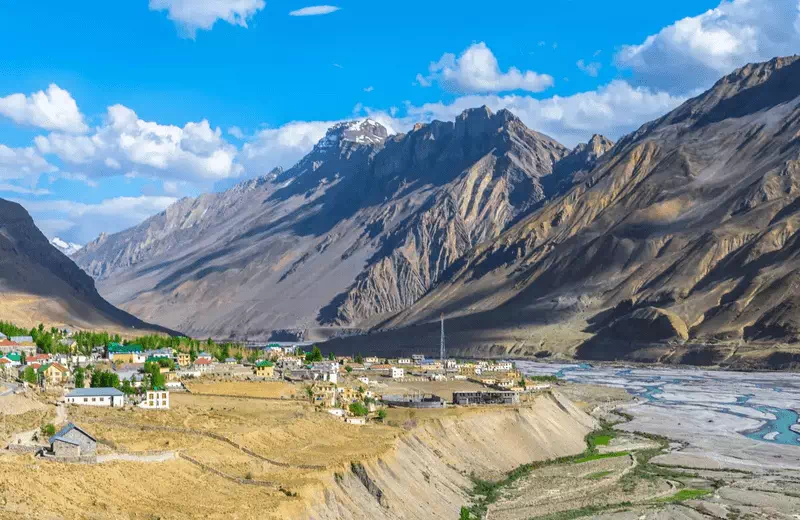
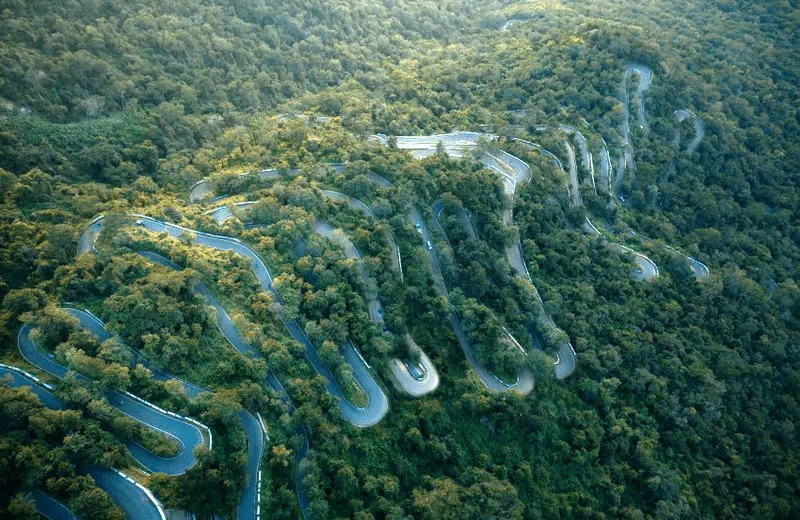
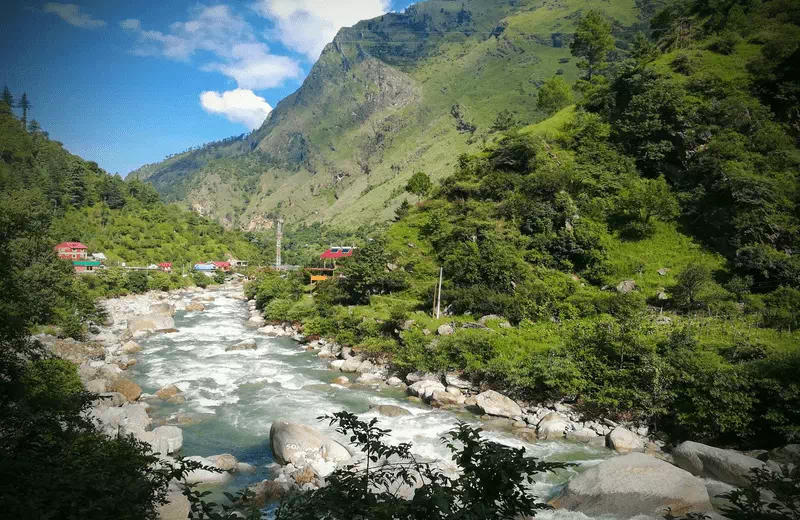
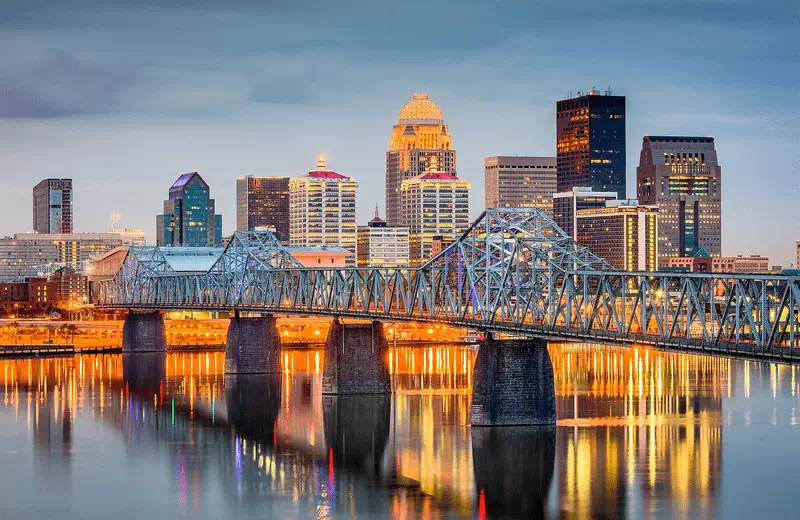
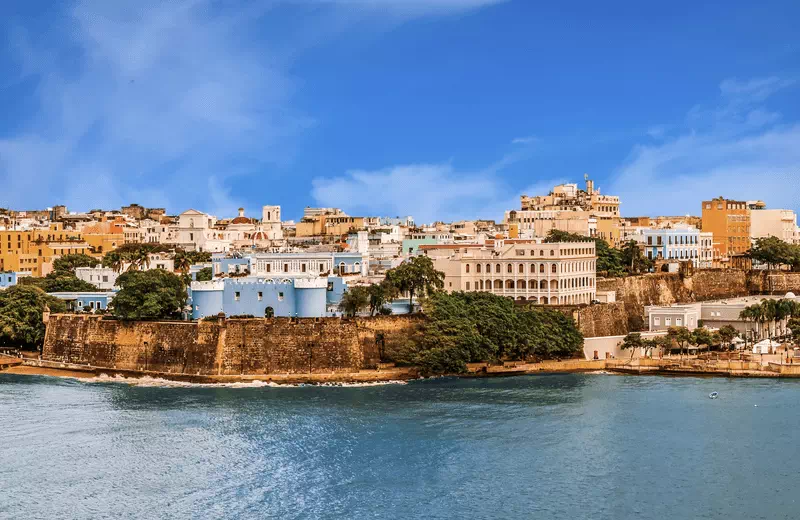
-ed69b1.webp)
